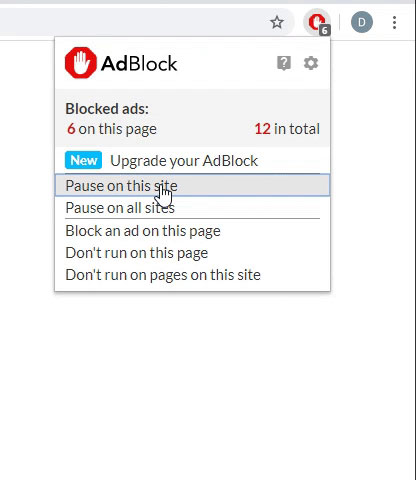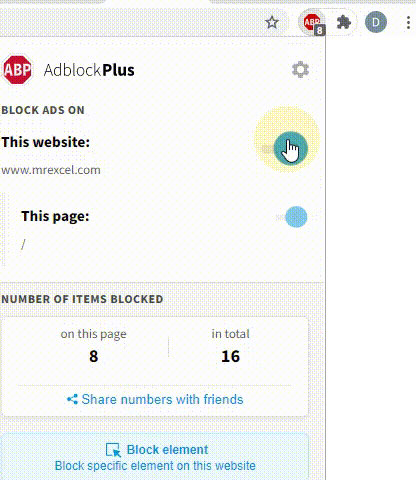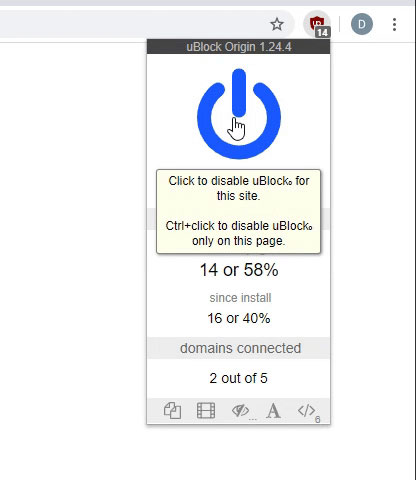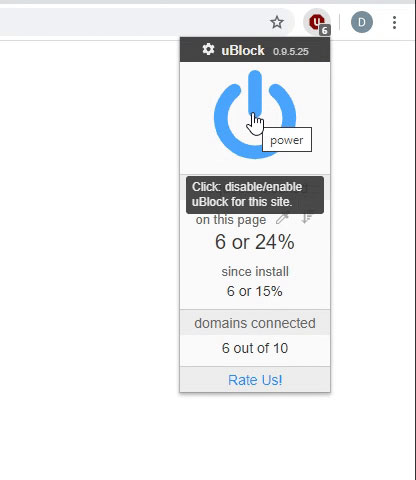ShogunStealth
New Member
- Joined
- Nov 6, 2021
- Messages
- 28
- Office Version
- 2019
- Platform
- Windows
I am archiving a large number of websites, but I need to mimic the structure of the back end of the website with a similar folder structure. I can extract the text but I need to easily create the folder structure based on the example below of small example. Column E show group section [yellow], non yellow are sub folders. Parent / Child relationship, each parent may have numerous child folders or none at all. When 'none' I will not make folder or path. Column F,G helps set the conditions see below;
False / Parent -> Parent
True / Parent -> not possible
True / Child -> Child of previous Parent (top down) eg Parent\Child
False / Child -> No Path or Folder
I need a formula or VBA to create Column I [Green] for every line item. I am using Excel 2016. The example is indicative of larger sites so any code needs to adapt dynamically to a longer list. The number of Parent groupings should be limited the 5 highlighted in Yellow but determined by Column F and G.
Creating the folder structure (Column I) on the desktop under a top folder called 'Website' or user entered option with a dummy file (text file called 'Dummy) in each folders would be a bonus.
Thank you for any help

False / Parent -> Parent
True / Parent -> not possible
True / Child -> Child of previous Parent (top down) eg Parent\Child
False / Child -> No Path or Folder
I need a formula or VBA to create Column I [Green] for every line item. I am using Excel 2016. The example is indicative of larger sites so any code needs to adapt dynamically to a longer list. The number of Parent groupings should be limited the 5 highlighted in Yellow but determined by Column F and G.
Creating the folder structure (Column I) on the desktop under a top folder called 'Website' or user entered option with a dummy file (text file called 'Dummy) in each folders would be a bonus.
Thank you for any help





